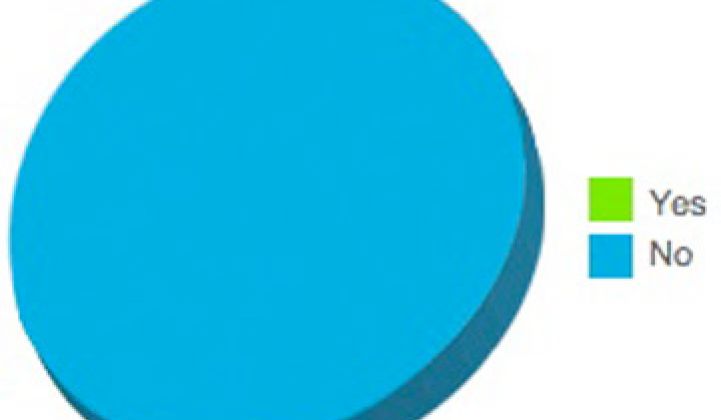Here are the top insights:
Prepare for a “significant” increase in your electric bill over the next five years.
Coal will remain part of the future energy mix. Only 12.4 percent saw coal fading into the past.
Aging infrastructure is a top operational concern.
Lack of national energy policy impedes investment in new technology. When asked in the survey what factors most motivate the industry to invest in new technology, the two highest rated responses were “regulatory requirements” and “government incentives,” respectively. With the amount of capital needed to replace aging infrastructure, utilities need a long-term policy upon which to base their long-term technology investment decisions.
Water and nuclear safety dominate top safety concerns.
Natural gas overtakes wind, solar and nuclear as the top “environmentally friendly technology.” Last year, natural gas ranked third among all survey respondents as the technology the industry should emphasize for meeting future environmental standards, with nuclear taking the top spot, followed by wind. This year, natural gas ranked first among all survey respondents, barely edging out nuclear, while wind dropped to fifth in the rankings.
Energy storage ascendant?
A significant number of survey respondents (approximately 20 percent) are planning utility-scale storage. While the industry seems to be gaining acceptance of various energy storage technology, the much-discussed Bloom or hydrogen fuel cell technology was ranked last by survey respondents. This indicates the industry is not bullish on fuel cell development.
Do you have any plans to implement any energy storage systems as commercial systems?
Lack of understanding and funding represent the greatest obstacles for smart grid implementation.
According to all respondents, the greatest impediment to smart grid implementation is a lack of customer interest and knowledge.
Electric vehicles will impact utilities’ annual load over time. Percentage of overall load predictions:
The United States’ competitive position in the renewable energy technology market is at risk.
This year, Black & Veatch asked utilities -- for the first time -- about global competition, views on the U.S. power industry’s capability to compete with offshore suppliers and decisions related to purchasing equipment or technology from offshore suppliers. More than 65 percent of respondents believe that the United States is at risk of losing its domestic design and construction skills, equipment manufacturing capacities and global competitive position in utility technology.
Participants were asked to rate on a scale of 1 to 5 (with 5 signifying the greatest threat) countries they viewed as the greatest threat to the United States’ competitiveness. The vast majority of respondents (86 percent) rated China as either a 4 or a 5.



